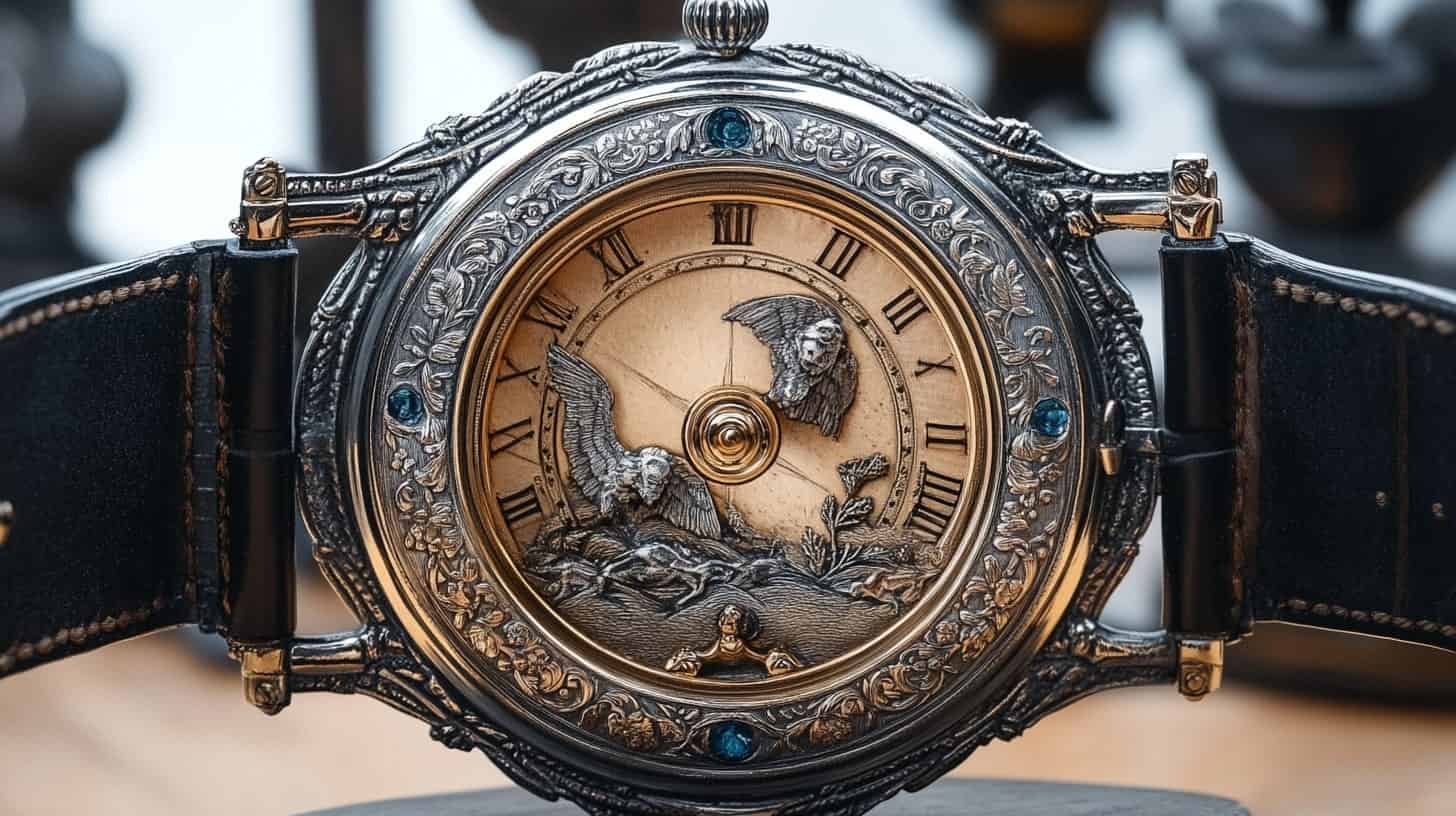Introduction
Gun clocks, an intriguing blend of timekeeping and mechanical ingenuity, have fascinated collectors and historians for centuries. Once considered mere novelties, these remarkable artifacts have evolved into valuable collectibles with significant historical and artistic worth. Whether admired for their craftsmanship, rarity, or historical significance, gun clocks remain a unique intersection of horology and firearms history. This article explores the origins, development, and modern-day value of gun clocks, shedding light on their journey from curiosity to prized possession.
The Origins of Gun Clocks
The concept of integrating firearms with timepieces dates back to the early modern period. Gun clocks were first designed in the 17th and 18th centuries as a testament to the mechanical craftsmanship of their time. These devices were often commissioned by aristocrats and royalty, who sought novel and extravagant ways to showcase wealth and technological advancements.
The earliest known gun clocks were developed in Europe, particularly in Germany and France, where horology had reached new heights of precision and artistry. These timepieces featured mechanisms that would discharge a small firearm at specific times, often serving as alarm clocks. The idea was to startle the sleeper awake with a gunshot or fire a blank round to announce the hour.
Evolution of Gun Clocks in the 18th and 19th Centuries
As horological craftsmanship advanced, so did the complexity of gun clocks. By the 18th century, these devices were no longer just alarm clocks but also served as conversation pieces and demonstrations of technical prowess. Many were built with hidden compartments, elaborate engravings, and finely tuned mechanisms that rivaled the best timepieces of the period.
In the 19th century, with the advent of industrialization, gun clocks became more refined and accessible to affluent individuals beyond the aristocracy. Swiss and British watchmakers, known for their precision in timekeeping, contributed to the advancement of gun clock technology. While the basic concept remained the same—a clock mechanism that would trigger a firearm—many new variations emerged, including clocks designed to fire flares, blank cartridges, or even small projectiles for practical signaling purposes.
Gun Clocks as Collector’s Items
By the early 20th century, the production of gun clocks had declined significantly due to changes in technology and safety concerns. However, as mass-produced timepieces became commonplace, antique gun clocks gained recognition as valuable collector’s items. Their historical significance, combined with their intricate craftsmanship, made them highly sought-after pieces among horology enthusiasts and firearms collectors alike.
Today, gun clocks are found in museums, private collections, and auctions, often fetching high prices due to their rarity and artistic detail. Factors such as the maker, age, functionality, and overall condition play a significant role in determining their value. Some of the most prized gun clocks are those with detailed engravings, unique firing mechanisms, and provenance linking them to notable historical figures.
Notable Examples of Gun Clocks
Several remarkable examples of gun clocks have made their way into historical archives and private collections. One such example is an 18th-century French gun clock that fires a blank cartridge every hour, adorned with gold inlays and intricate detailing. Another notable piece is a Victorian-era Swiss gun clock, designed as a hunting novelty, which releases a miniature bullet at the strike of noon.
One particularly famous example is a German flintlock gun clock from the early 1700s, designed to discharge a spark at midnight, lighting a nearby candle. This not only demonstrated the ingenuity of clockmakers but also showcased the multifunctionality of horological devices in historical settings.
The Value and Market for Gun Clocks
In today’s market, antique gun clocks remain highly desirable, with collectors willing to pay significant sums for well-preserved pieces. The value of these artifacts can range from several thousand dollars to hundreds of thousands, depending on factors such as origin, craftsmanship, and historical importance. Auction houses specializing in horology and antique firearms frequently feature gun clocks in their catalogs, often highlighting their connection to famous watchmakers or historical figures.
Restoration and maintenance also play a crucial role in their value. Since many of these timepieces were built centuries ago, preserving their functionality requires specialized knowledge. Collectors often seek expert horologists to restore or maintain these clocks without compromising their originality, as modifications or improper restorations can drastically reduce their worth.
Conclusion
Gun clocks are more than just timepieces—they are a fusion of mechanical ingenuity, historical significance, and artistic expression. From their early days as aristocratic novelties to their status as rare and valuable collectibles, these unique artifacts continue to captivate enthusiasts around the world. Whether viewed as a symbol of innovation or a testament to craftsmanship, gun clocks stand as an enduring legacy of the intersection between horology and firearms history.
As technology continues to evolve, the charm and mystique of antique gun clocks remain undiminished, ensuring their place in the collections of future generations. Whether you are a seasoned collector or simply fascinated by mechanical history, the story of gun clocks offers a compelling glimpse into the artistry and precision of a bygone era.
